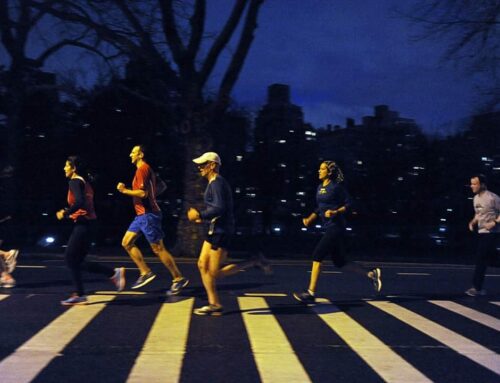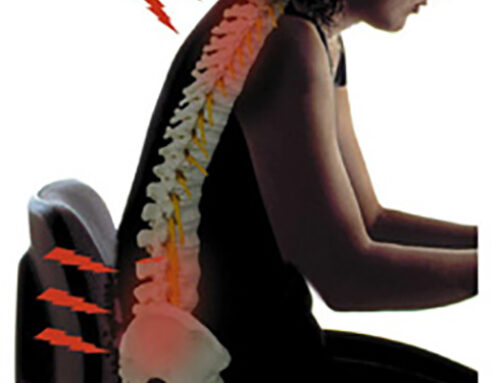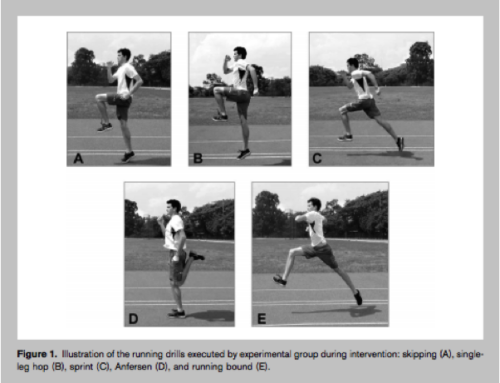Linking current research to running
By Nikki Reiter
Glute weakness is often considered one of the main culprits of running injuries. Run too much without the muscular support of the pelvis and core, and BAM! – IT band issues, patellofemoral pain, shin splints, foot pain, etc. Statistically, it has probably happened to each of us at some point in our running careers.
How do you know if you have weak glutes? Chances are if you are a member of today’s society, you are affected to some degree. Prolonged sitting is typically credited with being the reason. How do you know if your glutes are really weak? Well, one gait pattern you can look at is how your foot moves from behind your body at push-off, or whether you experience ‘heel whip.’
Physical therapy researchers at UC San Francisco investigated the prevalence of ‘heel whip’ in recreational runners. Heel whip (HW) is defined in the article such that ‘the medial or lateral rotation of the foot in the transverse plane during initial swing is named by the direction of the movement of the heel (i.e. an external rotation of the foot during initial swing would be defined as a medial heel whip)’ (see photo for an example) – but it could be described similarly to the ‘whip-kick’ in the breaststroke. HW is thought to be related to injury due to reduced flexibility and/or strength in the hip joint, and cause increased torsional forces in the leg.
Here’s how it went: 256 recreational runners were filmed running at their self-selected pace on a treadmill and the degree of HW was measured. Secondary analysis was performed to determine the relationship between body mass index (BMI; kg/m2) of underweight, normal weight and overweight runners and differences between males and females.
The result: 27% of participants exhibited a medial HW, while another 27% exhibited a lateral HW. Female runners were twice as likely to demonstrate an excessive lateral HW while overweight runners had more medially directed HW when compared to normal and underweight runners.
What this means: It could be speculated that severe HW may be an indicator for poor running mechanics that puts runners at risk of a running injury. Also, women may be more likely to exhibit extreme HW, whether medial or lateral. Anatomical differences due to a wider hip angle in female runners have been shown to lead to running mechanics associated with greater HW as compared to men. The authors also point to research surrounding different neuromuscular activation patterns of running muscles between males and females being a reason for the sex difference.
A final comment: Hop on a treadmill and film yourself running. If you are exhibiting HW (which at least half of recreational runners do to some degree!), then it’s probably a good idea to be working on your glute strength. Start with some activation exercises like clamshells (or Jay Johnson’s Myrtl) and do some squats and lunges, maintaining focus on good form and level hips – then progress to single leg squats, multi-directional lunges.
—
Nikki Reiter is a Biomechanist and certified NCCP Performance Coach in Endurance Running.





Leave A Comment